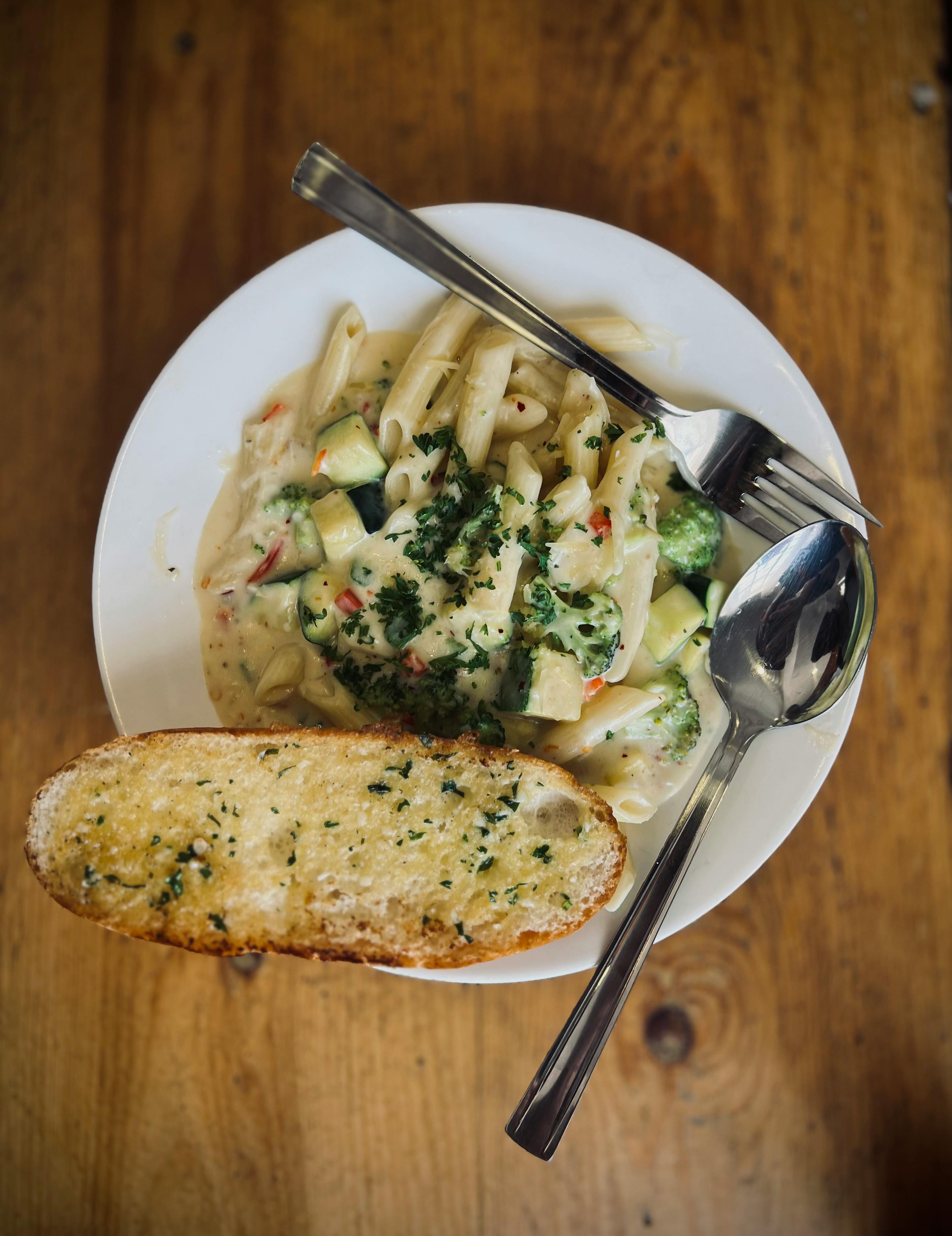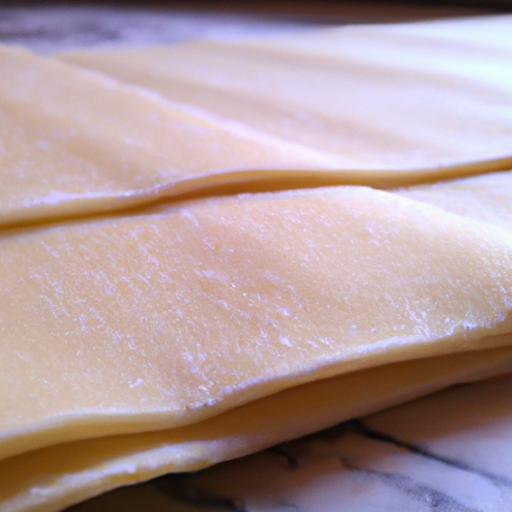Get ready to transport your taste buds to Italy with our guide on how to make homemade pasta like an Italian Nonna. Whether you’re a seasoned chef or a beginner in the kitchen, this article will provide you with all the necessary steps to create a traditional and authentic pasta experience. From choosing the right ingredients to mastering the art of dough-making, you’ll soon be impressing your friends and family with your homemade pasta skills. So, grab your apron and let’s get started on this delicious culinary journey.
How To Make Homemade Pasta Like An Italian Nonna
There is something truly special about homemade pasta. The taste, the texture, and the love that goes into making it from scratch can elevate any meal to a whole new level. If you’ve ever wanted to experience the joy of creating your own pasta, just like an Italian Nonna, then you’re in luck! In this article, we will guide you through the step-by-step process of making homemade pasta using simple ingredients and basic kitchen equipment. So put on your apron and let’s get started!

Ingredients
To make homemade pasta, you will need the following ingredients:
- All-purpose flour: This is the main ingredient for the pasta dough. It provides structure and texture to the pasta.
- Eggs: Eggs are another crucial component of pasta dough. They add richness, flavor, and act as a binding agent.
- Salt: Salt enhances the flavor of the pasta and helps to strengthen the gluten in the dough.
- Olive oil: A small amount of olive oil adds a touch of richness and helps to prevent the dough from drying out.
Equipment
Before you begin making homemade pasta, gather the following equipment:
- Mixing bowls: You will need a large mixing bowl to combine the ingredients and a smaller bowl to beat the eggs.
- Fork: A fork will be used to mix the ingredients and create a well in the center of the flour.
- Rolling pin: A rolling pin is essential for rolling out the pasta dough to the desired thickness.
- Pasta machine: While not necessary, a pasta machine can make the rolling and cutting of the dough much easier and more consistent.

Preparing the Dough
To start making the pasta dough, follow these steps:
-
Mixing the flour and salt: In a large mixing bowl, combine the all-purpose flour and salt. Use a fork to blend them together evenly.
-
Creating a well in the center: Make a well in the center of the flour mixture. This will be the space where you will add the wet ingredients.
-
Adding eggs and olive oil: In a separate small bowl, beat the eggs and olive oil together. Pour the mixture into the well you created in the flour.
-
Mixing the ingredients: Using a fork, slowly incorporate the flour with the wet ingredients. Continue mixing until a rough dough forms.
-
Kneading the dough: Transfer the dough onto a clean, lightly floured surface. Knead the dough for about 5-10 minutes until it becomes smooth, elastic, and no longer sticky. This step helps to develop the gluten in the dough and ensures a tender pasta.
Resting the Dough
After preparing the dough, it’s important to let it rest. This allows the gluten to relax and ensures easier rolling and shaping of the pasta. Follow these steps:
-
Covering the dough: Wrap the dough tightly with plastic wrap or place it in a bowl covered with a clean kitchen towel. This prevents the dough from drying out and forming a hard crust.
-
Resting for a specific time: Let the dough rest for at least 30 minutes and up to 1 hour at room temperature. This gives the dough a chance to hydrate and become more pliable.

Shaping the Pasta
Now comes the fun part – shaping the pasta! There are various methods you can use, but here is a simple technique using a pasta machine:
-
Dividing the dough: Unwrap the rested dough and divide it into smaller portions. This makes it more manageable and easier to work with.
-
Using a pasta machine: Set your pasta machine to the thickest setting and feed one portion of the dough through it. Fold the dough in half and pass it through the machine again. Repeat this process a few times until the dough becomes smooth and pliable.
-
Rolling out the dough: Gradually decrease the thickness setting on your pasta machine and feed the dough through multiple times, folding it in half each time. Continue doing this until you reach your desired thickness.
-
Cutting the pasta: Once your dough is rolled out, you can use the cutting attachments on your pasta machine or a sharp knife to cut it into your desired shape – whether it’s spaghetti, fettuccine, or any other shape you prefer.
Cooking the Pasta
After all the hard work of making and shaping the pasta, it’s time to cook it to perfection. Follow these steps:
-
Boiling a large pot of water: Fill a large pot with water and bring it to a rolling boil. You’ll need enough water to fully submerge the pasta.
-
Adding salt to the water: Generously salt the boiling water. It should taste like seawater, as this is your chance to season the pasta from within.
-
Cooking the pasta: Carefully add your fresh pasta to the boiling water. Fresh pasta cooks much faster than dried pasta, usually within 2-4 minutes. Keep a close eye on it and taste for doneness.
-
Draining the pasta: Once the pasta is cooked to your liking, drain it using a colander or a slotted spoon. Be sure to reserve some of the pasta cooking water, as it can be used to create a silky sauce later.
Serving Suggestions
Now that your homemade pasta is cooked and ready, it’s time to pair it with delicious sauces and traditional dishes. Here are some classic pasta sauce suggestions:
- Marinara sauce: A simple tomato sauce made with garlic, onions, tomatoes, and herbs.
- Carbonara sauce: A rich and creamy sauce made with eggs, Parmesan cheese, pancetta, and black pepper.
- Pesto sauce: A vibrant green sauce made with fresh basil, pine nuts, garlic, Parmesan cheese, and olive oil.
For traditional pasta dishes, try popular favorites such as spaghetti Bolognese, fettuccine Alfredo, or lasagna. The options are endless, so get creative and enjoy the fruits of your labor!
Storage and Reheating
If you have any leftover pasta or want to prepare it in advance, here are some tips for storage and reheating:
-
Storing fresh pasta: If you’re not going to cook the pasta immediately, you can store it in an airtight container in the refrigerator for up to 2 days. Sprinkle some flour on top to prevent it from sticking.
-
Freezing the pasta: Fresh pasta can also be frozen for future use. Lay the pasta in a single layer on a baking sheet and place it in the freezer until completely frozen. Transfer the frozen pasta to a freezer-safe bag or container and store it for up to 3 months. When ready to use, cook the frozen pasta directly in boiling water without defrosting.
-
Reheating the pasta: To reheat cooked pasta, simply add it to a pot of boiling water for a few seconds to warm it through. Alternatively, you can microwave it with a splash of water, covered with a damp paper towel, for 1-2 minutes on high power.
Tips and Tricks
Here are some additional tips and tricks to enhance your homemade pasta-making experience:
-
Using semolina flour: For a more authentic texture and flavor, consider using a mix of all-purpose flour and semolina flour, which is made from durum wheat. Semolina adds a slightly nutty flavor and a coarser texture to the pasta.
-
Making different shapes: While cutting long strands of pasta is a classic choice, feel free to experiment with different shapes and sizes. Use cookie cutters or try making stuffed pasta like tortellini or ravioli.
-
Adding flavor to the dough: Get creative by adding various herbs, spices, or even vegetable purees to your pasta dough. Fresh parsley, ground black pepper, or spinach puree are just a few examples of how you can elevate the taste and appearance of your pasta.
-
Adjusting the pasta consistency: If your dough is too dry and crumbly, add a small amount of water or olive oil. If it’s too sticky, sprinkle some flour on the dough and knead it until it reaches the desired consistency.
Troubleshooting
Sometimes, challenges can arise while making homemade pasta. Here are some common problems you may encounter and how to solve them:
-
Dry or crumbly dough: If your dough feels dry or crumbly, it may need a bit more moisture. Add a small amount of water or olive oil and knead it until the dough becomes smooth and pliable.
-
Sticky or wet dough: On the other hand, if your dough is too sticky or wet, sprinkle some flour on top and knead it until it becomes less sticky. Be careful not to add too much flour, as this can result in a tough pasta.
-
Tough or chewy pasta: If your cooked pasta turns out tough or chewy, it may have been overcooked. Fresh pasta cooks much faster than dried pasta, so closely monitor the cooking time and taste for doneness.
-
Uneven cooking: If your pasta ends up cooked unevenly, it could be due to uneven thickness. Ensure that your pasta is rolled out to a consistent thickness using a pasta machine or a rolling pin.
In conclusion, making homemade pasta is a labor of love that is well worth the effort. By following the steps outlined in this article and using your creativity, you can create delicious and authentic pasta dishes that will impress your family and friends. So put your newfound skills to the test, and soon you’ll be enjoying pasta dishes just like an Italian Nonna!

